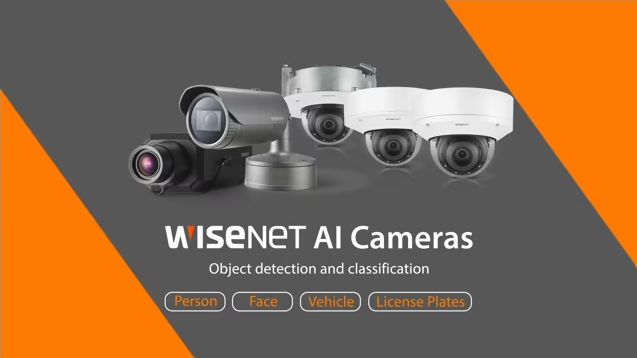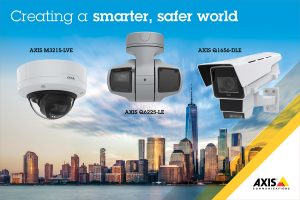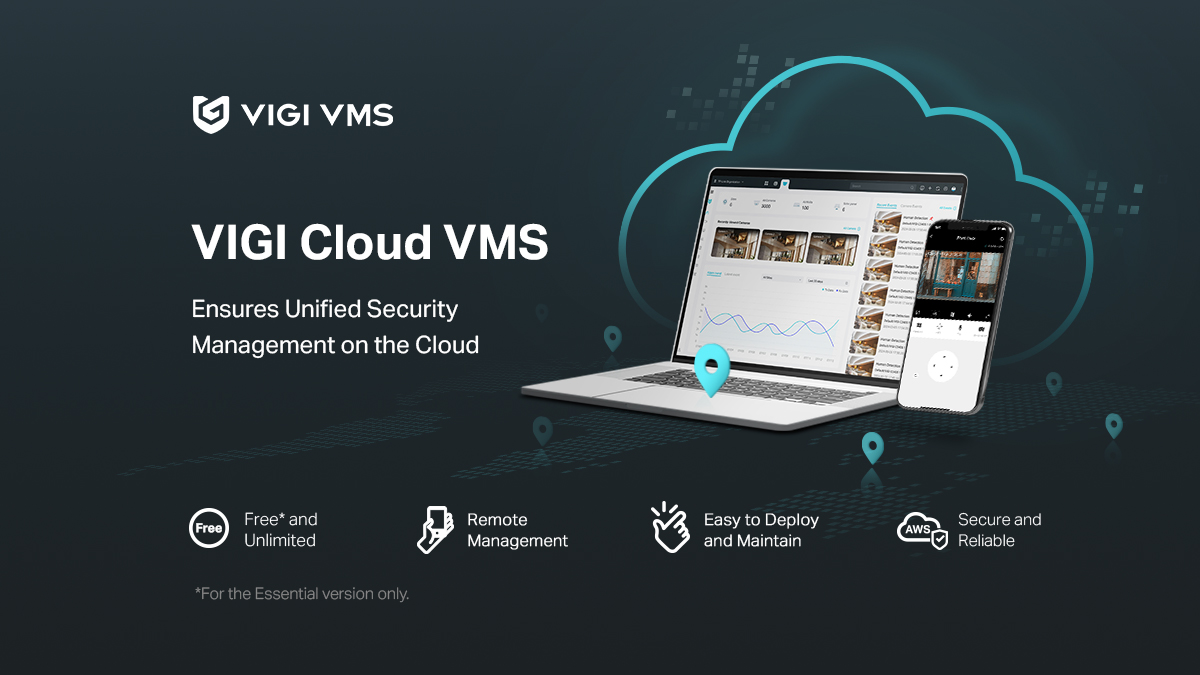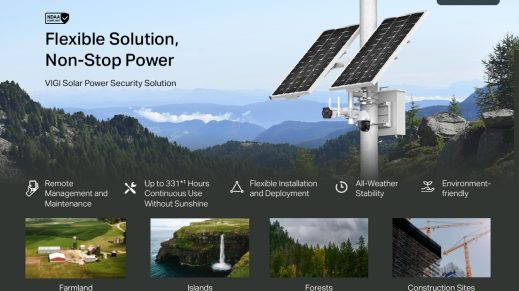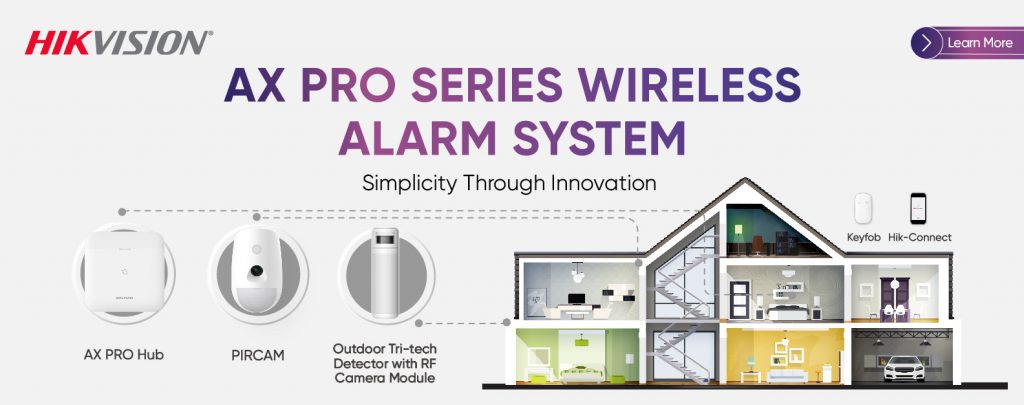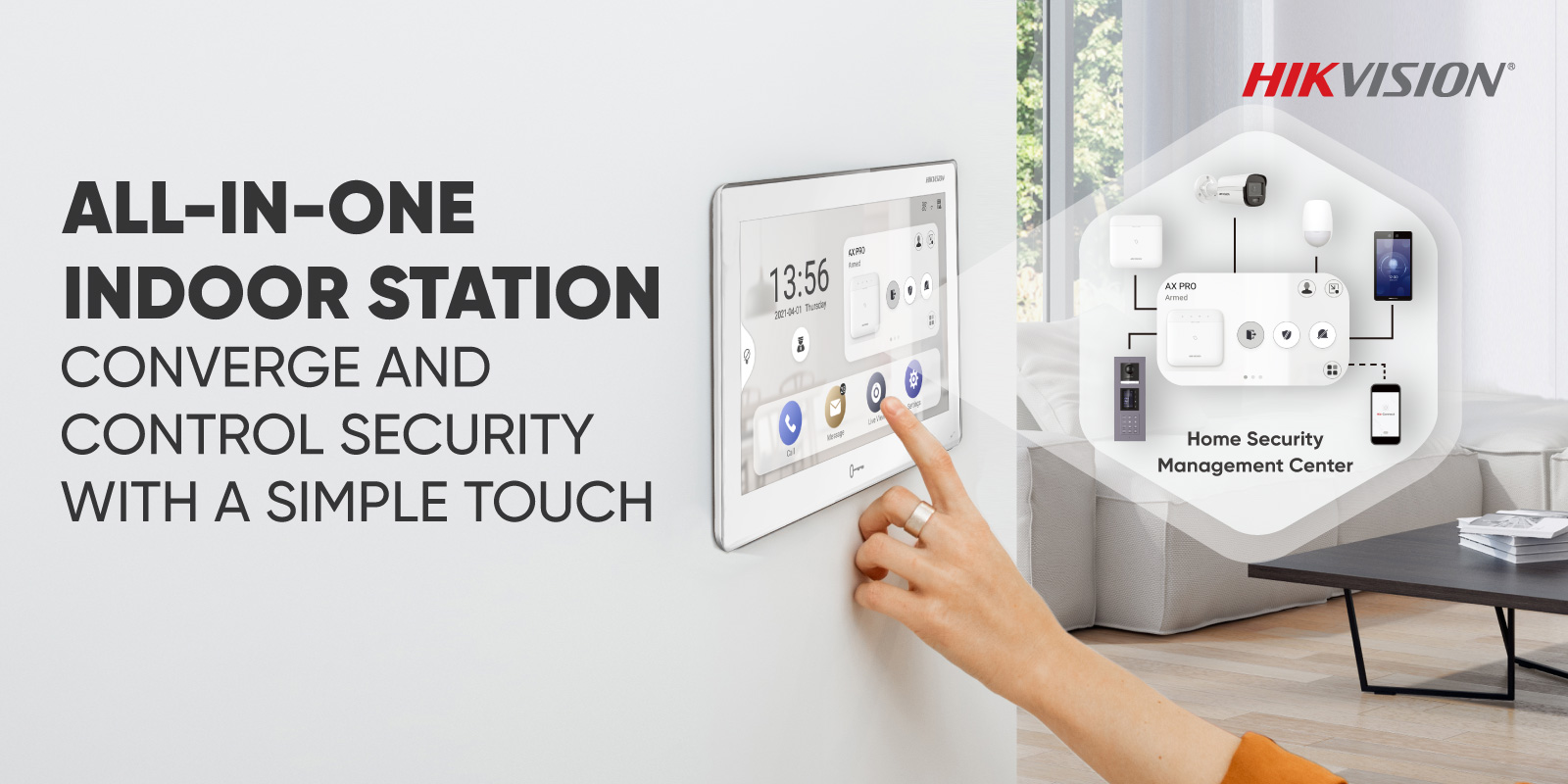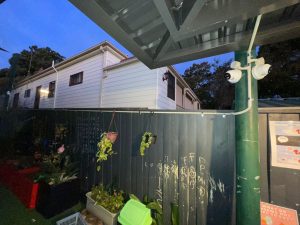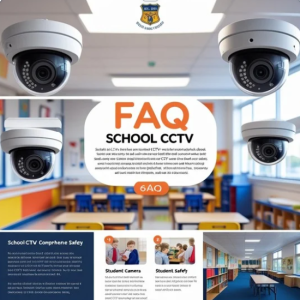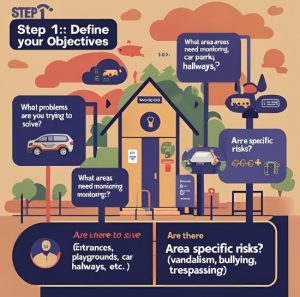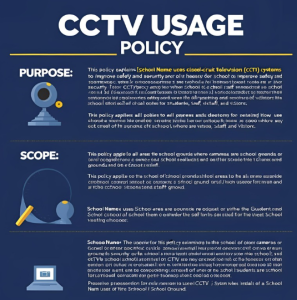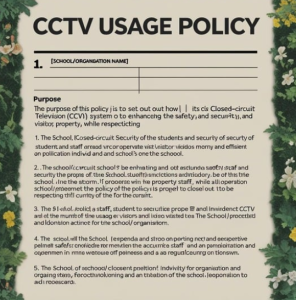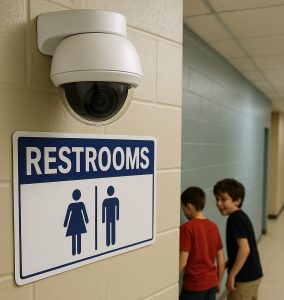No products in the cart.
Sample School CCTV Policies
1️⃣ CCTV Usage Policy
Purpose:
This policy explains how [School Name] uses Closed-Circuit Television (CCTV) systems to improve safety and security for students, staff, and visitors.
Scope:
This policy applies to all areas of the school grounds where cameras are installed, and to all persons on the premises.
Policy Statement:
-
CCTV is used to monitor and record activity for the purpose of:
-
Protecting students, staff, and visitors from harm.
-
Deterring and investigating vandalism, theft, and other criminal behaviour.
-
Supporting staff supervision of students and school property.
-
-
CCTV is not intended to replace normal staff supervision or playground duty.
-
Cameras are positioned to monitor public areas such as entrances, corridors, playgrounds, car parks, and perimeters.
-
Cameras will not be installed in private areas such as toilets, changing rooms, or staff offices.
Operation and Access:
-
CCTV systems are operated by [School Name] and managed by [Position or Department, e.g. Principal/ICT Manager].
-
Only authorised personnel may access the live feeds or recorded footage.
-
Monitoring is conducted in a manner that respects the dignity and privacy of individuals.
- VIEW SAMPLE CCTV USAGE POLICY
2️⃣ Privacy Policy (CCTV-Specific Section)
Collection of Personal Information:
CCTV footage may capture images of students, staff, visitors, contractors, and members of the public while on school grounds. These images are considered personal information under the Privacy Act.
Use and Disclosure:
Footage may be used for:
-
Investigating incidents or complaints.
-
Supporting disciplinary or legal proceedings.
-
Providing evidence to police or other lawful authorities.
Footage will not be disclosed to any other party except as required or permitted by law.
Storage and Security:
-
Recordings are stored securely and protected from unauthorised access.
-
Footage is retained for a maximum of [insert retention period, e.g. 30–60 days] unless required for an ongoing investigation.
Notification:
-
Clear signage is placed at entrances and key areas to notify individuals that CCTV is in operation.
-
The school community is informed about CCTV through enrolment materials and staff/student handbooks.
- VIEW SAMPLE SCHOOL PRIVACY POLICY
3️⃣ Incident Access Protocol
Requesting Footage:
-
Only authorised school staff (e.g. Principal, Deputy Principal) can approve requests to view footage.
-
Parents or guardians may request footage involving their child through a written request to the Principal.
-
Approval is at the school’s discretion and subject to privacy obligations.
Providing Footage to Third Parties:
-
Police or regulatory bodies may request footage as part of lawful investigations.
-
A record of all disclosures will be kept by the school.
- VIEW SAMPLE INCIDENT ACCESS PROTOCOL
4️⃣ Example Signage Text
NOTICE: CCTV in Operation
This school uses CCTV cameras to monitor and record activity in public areas for the purpose of safety and security.
Images may be used to investigate incidents, support disciplinary procedures, and assist law enforcement where required.
For more information, contact the Principal at [School Contact Number].
Tips for Implementation
✅ Have all policies approved by your school board or governing body.
✅ Ensure signage is clear, visible, and placed at all entrances.
✅ Train authorised staff in the proper use of the system and policies.
✅ Review and update policies regularly to reflect changes in law or practice.
CCTV Cameras for High Schools

High schools are dynamic and often challenging environments. With hundreds...
School CCTV Installation Guidelines

Best Practices for Safe, Effective & Compliant Camera Systems Installing...
Complete School Security Systems
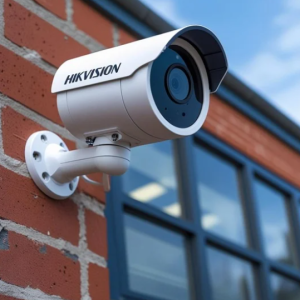
Installing CCTV cameras is no longer enough. Australian schools today...
Top 5 School Security Risks & How CCTV Helps
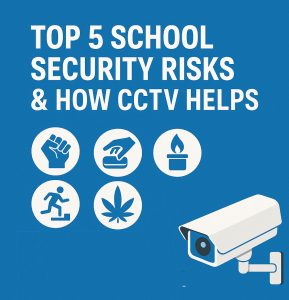
Protect Your School Against Today’s Most Common Threats Every school...
Balancing Privacy & Security with CCTV in Schools
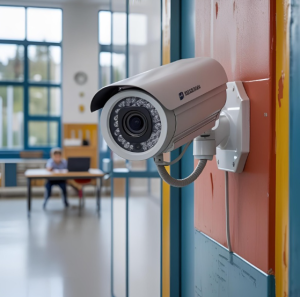
How to Protect Students While Respecting Their Rights Installing CCTV...
A Step-by-Step Guide for Principals & Administrators
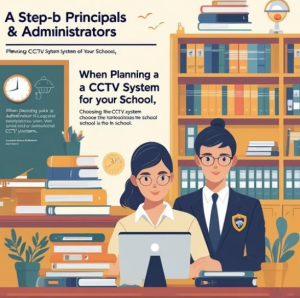
When planning a CCTV system for your school, choosing the...
Sample School Privacy Policy (includes CCTV)
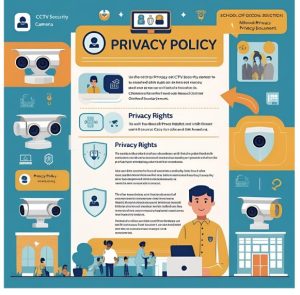
1. Introduction ___ [School Name] ___ (“the School”, “we”, “our”)...
Sample Incident Access Protocol — CCTV Footage

1. Introduction This Incident Access Protocol outlines the procedures for...
Sample CCTV Access Request Form Template

Confidential — for internal use only Please complete all sections...
Staff Responsibilities for School CCTV Systems
Installing a CCTV system is only one part of improving...
School CCTV: Myths and Misconceptions
School CCTV systems are an increasingly common feature of modern...
Choosing the Right CCTV System for Schools: A Buyer’s Guide
A high-quality CCTV system is a critical part of a...
CCTV Hacking Concerns in Australian Schools: How to Keep Your System and Students Safe
CCTV is fast becoming a standard feature in Australian primary...











